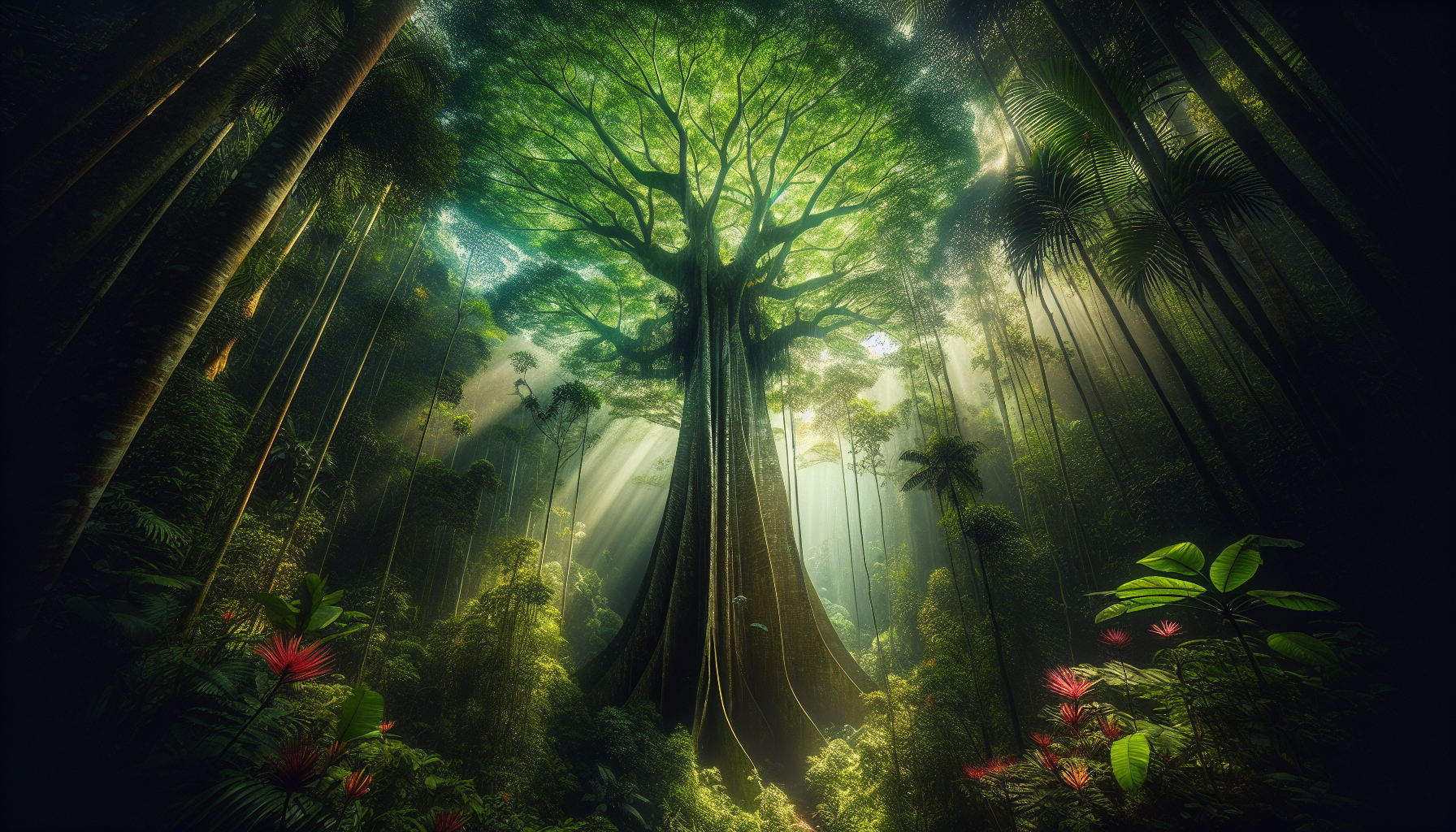The variety of species housed within the rainforest is staggering, with estimates suggesting over 40,000 plant species. Among these, towering kapok trees and sturdy brazil nut trees are noteworthy for their considerable oxygen output. The dense foliage creates a lush environment where sunlight penetrates through the canopies, ensuring that even the understory and forest floor plants can contribute to oxygen production.
However, the rainforest’s role as an oxygen factory is not merely about numbers. The intricate relationships between plants, animals, and microorganisms drive the ecosystem’s health and functionality. For instance, leaf litter decomposes on the forest floor, returning nutrients to the soil and supporting a rich array of life forms. This biodiversity further enhances the efficiency of the oxygen production process as various species interact and thrive in their natural habitat.
In contrast to its production capabilities, the Amazon faces scrutiny as deforestation threatens its integrity. Each tree removed from this ecological tapestry not only diminishes the oxygen output but also disrupts the delicate interdependencies that sustain countless species. The implications stretch beyond the boundaries of the rainforest, as changes in the Amazon can trigger ripple effects across global climate systems.
Ecological Significance of the Amazon Rainforest
The Amazon rainforest is a treasure trove of ecological complexity, fostering an intricate network of life that depends on one another. This rich biodiversity is not just a collection of individual species; it represents an entire ecosystem where every element—from towering trees to microscopic fungi—plays a unique role. The sheer number of species, estimated in the millions, contributes to a resilience that allows the forest to adapt to various environmental challenges. For example, certain plants possess specialized adaptations, such as aerial roots that help them absorb oxygen during seasonal flooding, showcasing how nature has tailored life forms to thrive within this vibrant ecosystem.
Every layer of the rainforest has its distinct community, from the lofty emergent trees that reach for the sky to the shadowy understory teeming with smaller plants. This variety creates microclimates that contribute to unique ecological niches, fostering habitats for myriad animals. Tree canopies create a lush arena for birds, insects, and mammals, while the forest floor provides essential breeding grounds for myriad species. Insects alone exhibit remarkable diversity, playing pivotal roles in pollination and decomposition, which further facilitates the cycle of life within the Amazon.
An aspect often overlooked is the symbiotic relationships that flourish in this environment. Take the relationship between different plant species; many trees depend on specific vines or fungi to assist in nutrient absorption. This interconnectedness is vital as it ensures that nutrients, including nitrogen and oxygen, cycling through the ecosystem remain balanced. The degradation of one part of this network can have cascading effects—uprooting a single species could lead to a domino effect, threatening not just that plant but the countless organisms relying on it for survival.
The ecological significance of the Amazon extends to the broader environment. The presence of vast rainforests plays a critical role in stabilizing local and even global climates. By absorbing carbon dioxide and releasing oxygen, the Amazon mitigates the impacts of climate change, acting as a buffer against rising temperatures. This function is indispensable, particularly as the world grapples with the consequences of pollution and deforestation. Protecting the Amazon isn’t merely the responsibility of locals; it is a global imperative that affects us all, emphasizing that the benefits of preserving such ecosystems reverberate far beyond their geographical boundaries.
